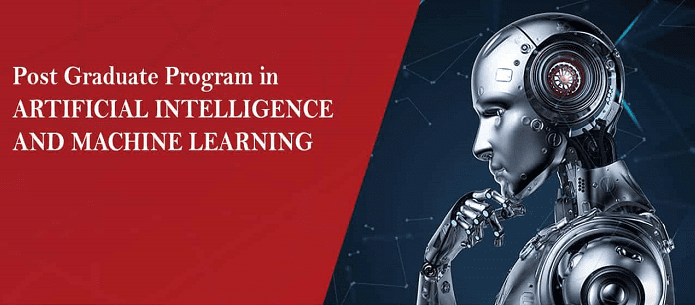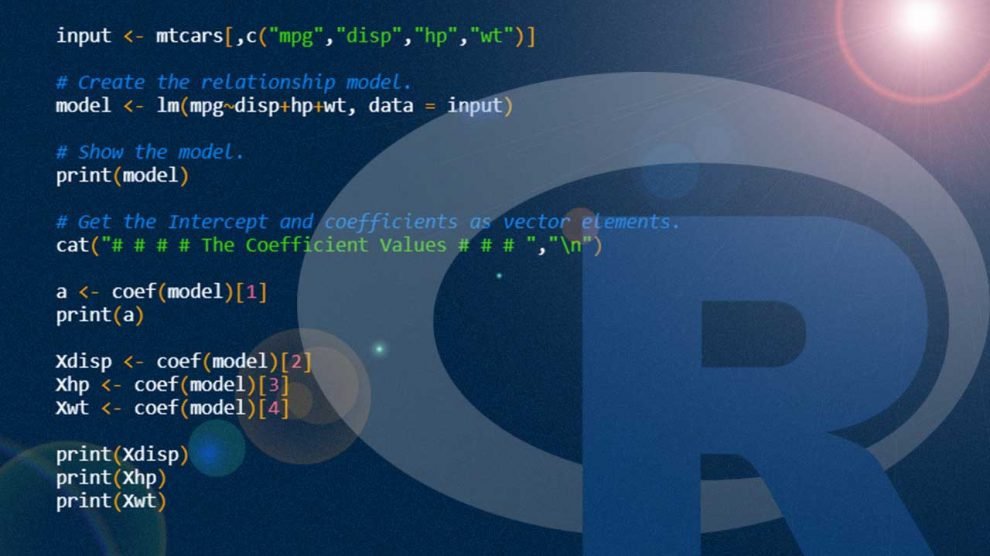Is A Machine Learning The Next Step Of Smart Learning?
2015 was rife with stories of ML and self-driving cars. Again a decade ago people were abuzz with robots doing the repetitive tasks, and human intervention being all about seasoned judgment for complex tasks. And then, cars were self-driven and computers really proved that they were fast approaching the machine learning course of human intelligence with self-learning algorithms and AI taking over a data-driven world.
Both AI and ML started with helping the human coded programs helping computers spot data patterns and inform algorithms which made foresight, insights, decisions and data-driven predictions. And then, the volumes of data became huge and machines needed a machine learning course to be able to help humans with cleaning and sorting the data.
So self-learning and deep learning algorithms soon taught the AI-driven computers to get smart and self-learn. As data became larger, their ability to accurately parse and clean data and provide insights increased. And so, we developed new self-learning ML algorithms which are the latest weapons against terrorism, cybersecurity, climate change, and cancer applications.
The Master Algorithm authored by Pedro Domingos, claims machine learning is the new basis and infrastructure for all applicational algorithms. He described it as the Higher Education switchboard. When data privacy became an issue in the UK in 2014 the US K-12 dialogue led to concerns in over-testing and by the end of the year, more than a hundred vendors of EdTech voluntarily signed the pledge for data privacy.
The series on SmartParents led with the argument that personalized learning is data-based and that parents with access to such data should decide on the privacy of the data. The policymakers were forced to embrace both data privacy and personalization.
Today ML and Big Data techniques are part of our lives and play a big role in informal and formal education. Let us see how we can make learning smart with machine learning. Below we list the areas and resources available to parents and teachers alike for
1. Learning data analytics and applications in a machine learning course that can help track student knowledge while recommending further learning steps. Here are some resources for learning systems that are adaptive.
Ex: ALEKS, DreamBox, Knewton and Reasoning Mind. Here’s a treasure for game-based learning: Mangahigh and ST Math.
2. Beginning learning on content analytics that is used to optimize and organize content-modules.
Ex: IBM Watson Content Analytics and Gooru.
3. Scheduling for math learning that teams students needing help with teacher resources in real-time and dynamically.
Ex: NewClassrooms which uses ML and data analytics to schedule mathematics learning sessions.
4. Scoring and grading systems to score and asses on a large scale the student answers to the computer and other assignments and assessments: The grading could be peer grading or automatic ML grading.
Ex: Lightside by Turnitin and WriteToLearn by Pearson help detect plagiarism and score essays.
5. To identify new opportunities through tools for process intelligence which analyze both big unstructured and structured data while enabling the visualization of work-flow.
Ex: Clarity from BrightBytes provides a strength gap analysis by reviewing best practices and research to build evidence-based frameworks.
IBM SPSS and Jenzabar are systems for ERP-Enterprise Resource Planning which help the formal higher education schools and institutions in enhancing campus security, improving financial aid, predicting enrollment, and boosting student retention.
6. In helping match schools and teachers like TeacherMatch and MyEdMatch which harmonize online the recruitments of teachers.
7. For learning data mining and predictive analytics from experts try Map patterns of expert teachers and Improve learning, retention, and application articles.
8. For a host of applications in the back office are school bus scheduling EDULOG, Evolution, and DietMaster.
Parting Notes:
There is no doubt that the earlier you learn the more skilled you become. To ensure smart learning in ML every student and faculty member must learn at the earliest the impact of ML, AI, and Big Data. No matter what the pathway your learning curve should be enhanced with skills at the earliest.
Do you want to join a machine learning course at the Imarticus Learning Academy where data scientists hone their skills in AI, Big data and ML? Their courses also include personality development modules and train you in the soft skills required to emerge job-ready and with the right skill sets.





